12 days
The Roof of Japan
Your first day begins as you board your international flight to Tokyo. We will be able to help you arrange the flight that best suits your needs. Meals will be served during the flight.
After breakfast on the plane, you will arrive at either of Tokyo’s two main airports: Haneda or Narita. Your English-speaking tour guide will meet you at the arrivals lobby and escort you into a private car for your first sightseeing trip.
Tokyo is one of the busiest and most densely populated capital cities in the world, but amid the bustle and all those high-rises, it has some of Japan’s most beautiful historic and religious sites. You’ll be spending two nights here.
The first stop is Senso-ji Temple in Asakusa, which is Tokyo’s oldest Buddhist temple. This is right next to the historic Nakamise shopping arcade, which is a great place to pick up trinkets and souvenirs. Then it’s on towards the Imperial Palace, the sumptuous residence of the emperors of Japan, and Nijubashi Bridge, which leads up to the palace gates.
You’ll then check in at your hotel, the four-star Hotel Gracery Shinjuku (or another hotel of similar quality), which is in a brilliant central location within walking distance of Shinjuku Station. You will be treated to a well- deserved welcome dinner here tonight.
After a leisurely hotel breakfast, lunch and dinner are up to you, but your guide and the friendly hotel staff will have excellent recommendations, both for meals and sights to see.
There are two optional tours we can arrange on your behalf. The first choice is a daytrip to Mt Fuji run by a
local tour bus operator, which takes you up to the fifth station, before heading to Hakone nearby. Here you’ll board the Hakone Ropeway and witness some tunning sulphur fields steaming and bubbling beneath your feet, and take a cruise on the crystal-blue Lake Ashi, the caldera of a long-extinct volcano.
The second option is a dinner cruise down the Sumida River, which flows right through the city and into Tokyo Bay, dining in style on a traditional
Yakatabune boat – which includes as much as you can drink!
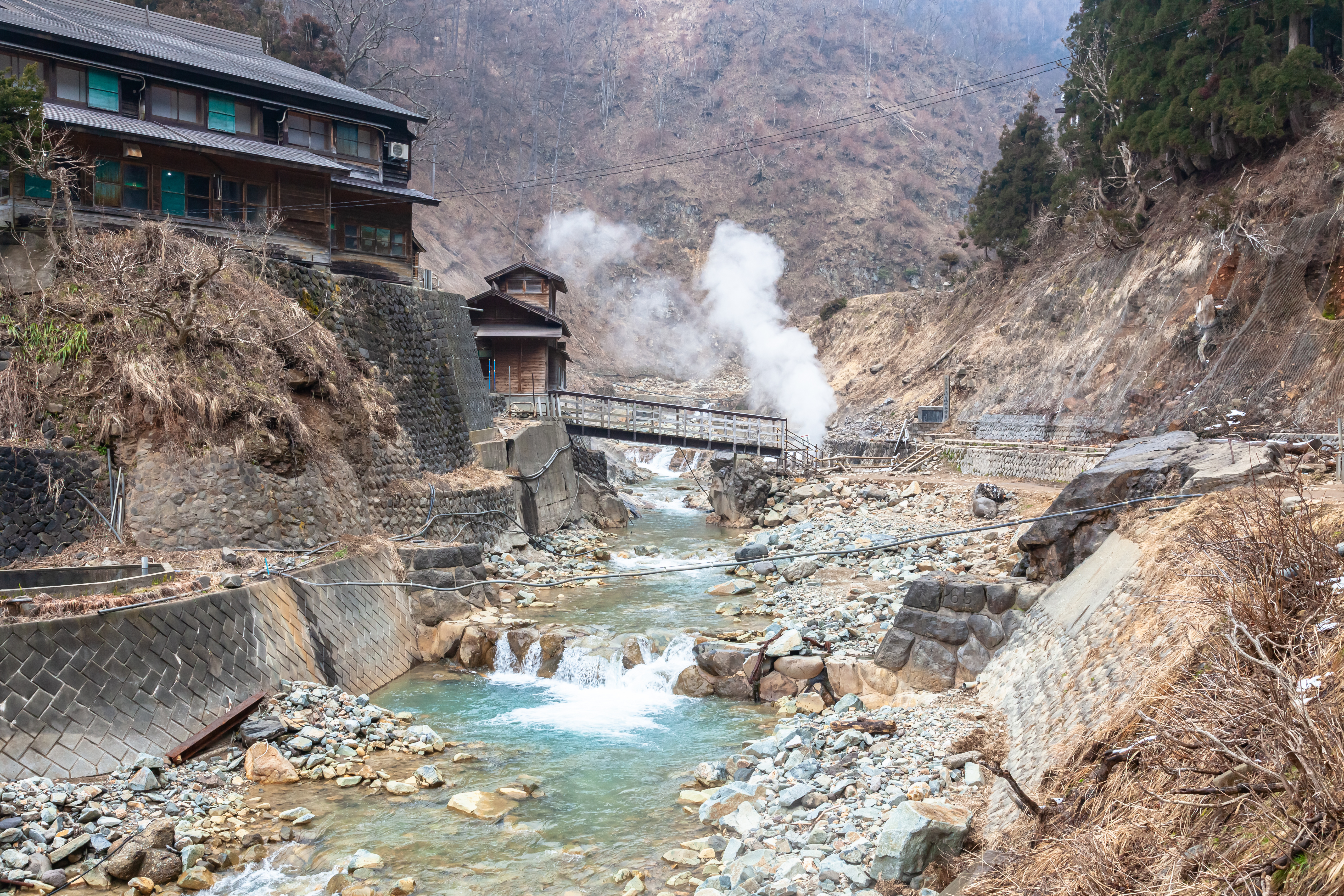
Japanese Macaques – better known as bathing monkeys – are one of the natural treasures of Japan. With their white-grey fur and deep-red faces, they’re a common sight at the Yudanaka Onsen in Nagano, where they love to keep warm with long soaks in naturally occurring hot springs.
You’re in for a real treat today, with a visit the monkeys’ natural habitat: the forests of the Jigokudani Valley. “Jigokudani” literally means “hell’s valley” because it’s constantly wreathed in clouds of steam and the faint tang of sulphur from the geothermal springs and that bubble up from the earth. These are claimed by troupes of monkeys
enjoying the warmth, and you’ll have the rare opportunity to watch them while away the day.
After breakfast, your guide will collect you and whisk you to Tokyo station by private car, where you’ll then board the Bullet Train heading for Nagano on a 90-minute journey.
The first stop is Zenko-ji Temple, one of the most important Buddhist sites in all Japan. It owns the first Buddhist statue ever brought into the country, dating back to the sixth century when Buddhism first arrived, but the statue is so fragile that the public may only see a copy – which is itself brought out for just a few weeks every six years!
Lunch will be at local restaurant before you visit the monkey park, which is a 30- minute hike away, up a gently sloping forest path – so we recommend you wear comfortable shoes. Once you get there, you’ll be free to explore the area on your own, and observe the wild macaques going about their daily lives.
That evening you’ll check in at the four- star Hotel Metropolitan Nagano, where dinner will be provided.
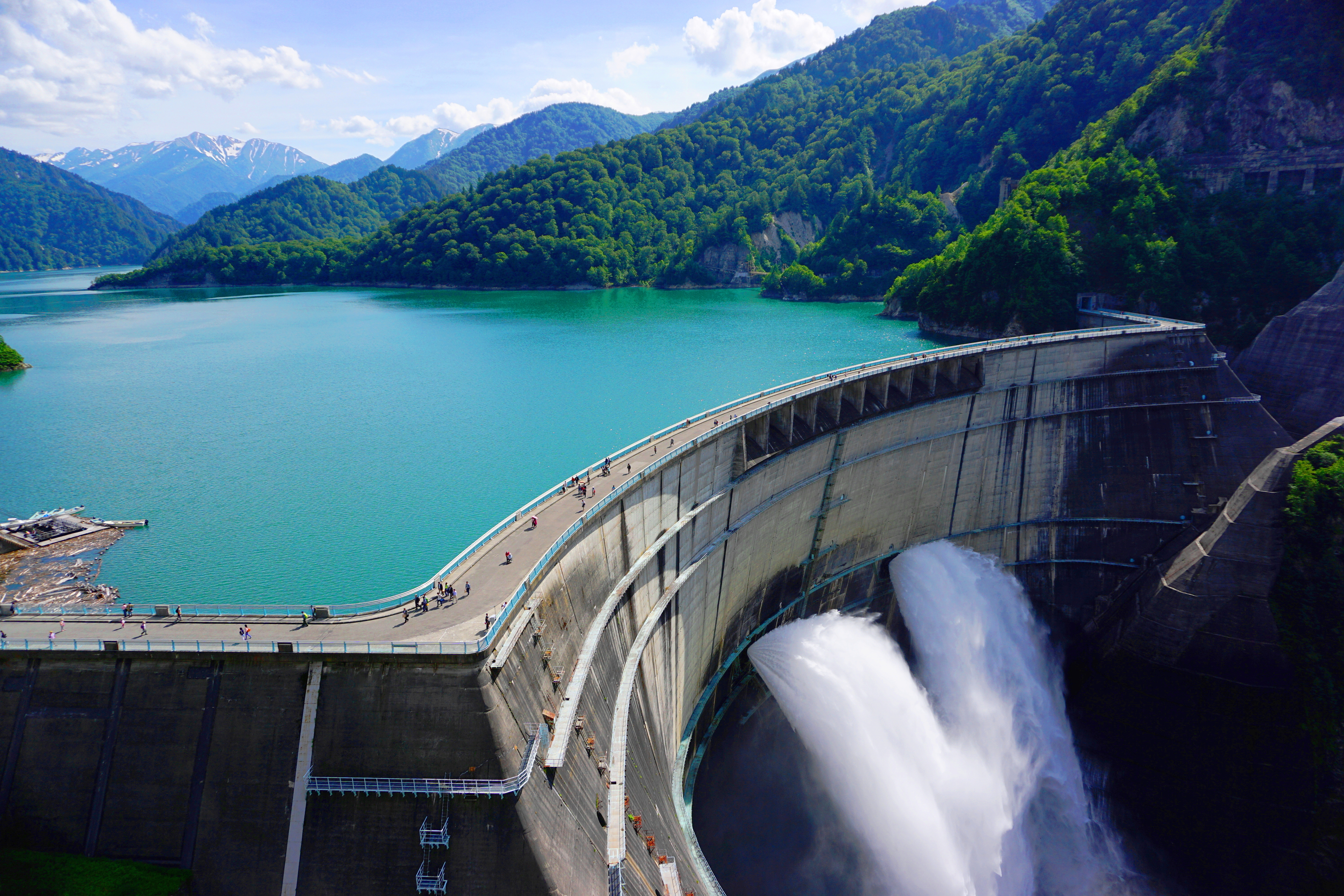
The Tateyama Kurobe Alpine Route connects Nagano and Toyama in a spectacular winding journey through the magnificent Tateyama Mountain Range, using meany different means of transport.
After breakfast at the hotel, your guide will accompany you to Ogizawa by private car, where your journey will begin with a short electric bus ride to Lake Kurobe and the astonishing Kurobe Dam, which at 186m is Japan's tallest dam. You’ll have some time to explore Kurobe before boarding an enclosed cable car up to Kurobedaira, which offers superb views of the surrounding mountains.
The next leg of the journey is the Tateyama ropeway. This mile-long cable car has no support towers between its top and bottom stations, making it Japan’s longest single-span ropeway – a seven-minute journey with incredible birds-eye views of the dam and the mountains that surround it. There are more great vistas of the lake from Daikanbo at the top, best viewed from an observation deck known as Unjo Terrace (which means “terrace in the clouds”). There’s a trolleybus up to Murodo, which is a volcanic plateau about 2,450m above sea level. This is a popular base camp for a variety of hiking and mountain-climbing trails, and it’s a fiercely beautiful place to explore.
We recommend a walk to the picturesque Mikurigaike, a heart- shaped pond which mirrors the looming Mt Tateyama in its cobalt-blue surface. The area is home to many rare mountain animals and plants; watch out for the white-flecked Raicho birds (meaning “thunder bird”) hiding in the bushes. Above the pond is the Emmadai observation deck, which looks out over a steaming hot spring. The sight is so fearsome that it’s named for the chamber where Emma-o, the Buddhist warden of the underworld, judges men’s souls before they enter the after life! Lunch today is up to you, but there are many restaurants with spectacular views.
Next up is a bus journey between Murodo and Bijodaira. There are a few stops along the way, including the Midagahara Wetlands. In the spring (mid-April to mid-June), there’s so much snow that the bus drives through a carved snow corridor with walls that can reach up to 65 feet. We’ll have a quick photo from the roof of Bijodaira Station, before a cable-car journey to Tateyama itself. You’ll then drive for another 90 minutes to your hotel in Takaoka.
You'll be staying either at Amaharashi Onsen Isohanabi or at Healthian Wood, both of which have four stars. Dinner will be served at your hotel.
Your guide will meet you at the hotel after breakfast, and will escort you to Kanazawa. Today you’ll see the historic highlights of this wonderfully preserved medieval city, including the Nomura-ke residence, an Edo-period villa that once belonged to a high-ranking samurai family, and its stunning garden and beautifully preserved artefacts.
You’ll then visit the Kenroku-en Gardens in the grounds of Kanazawa Castle, which are counted as one of the three most beautiful classical landscape gardens in Japan. Designed according to the six ancient principles of Chinese landscape gardening, they’re filled with hidden nooks including ponds, teahouses and carefully prepared viewing stations. Also found in the castle park is Seison-kaku, one of the finest Edo- period samurai villas in the whole country.
You’ll have lunch at Omicho Market, which with around 200 shops and stalls is the city’s largest fresh food market. You’ll be eating kaisendon at Sashimiya, tasty cuts of high- quality sashimi served on a bowl of fresh- cooked rice.
After lunch, we’ve arranged a lesson in Kanazawa’s most famous local craft: decorative gold leaf. This art form has more than 400 years of pedigree here, and to this day Kanazawa produces almost all the gold leaf in Japan. You will learn to decorate items of your choice, including small plates and chopsticks.
You’ll then visit 21st Century Museum of Contemporary Art, which exhibits many works from acclaimed Japanese and international contemporary artists. Tonight you’ll stay either at the ANA Crowne Plaza Kanazawa or Hotel Nikko Kanazawa, both of which have four stars. Dinner will be served at the hotel.
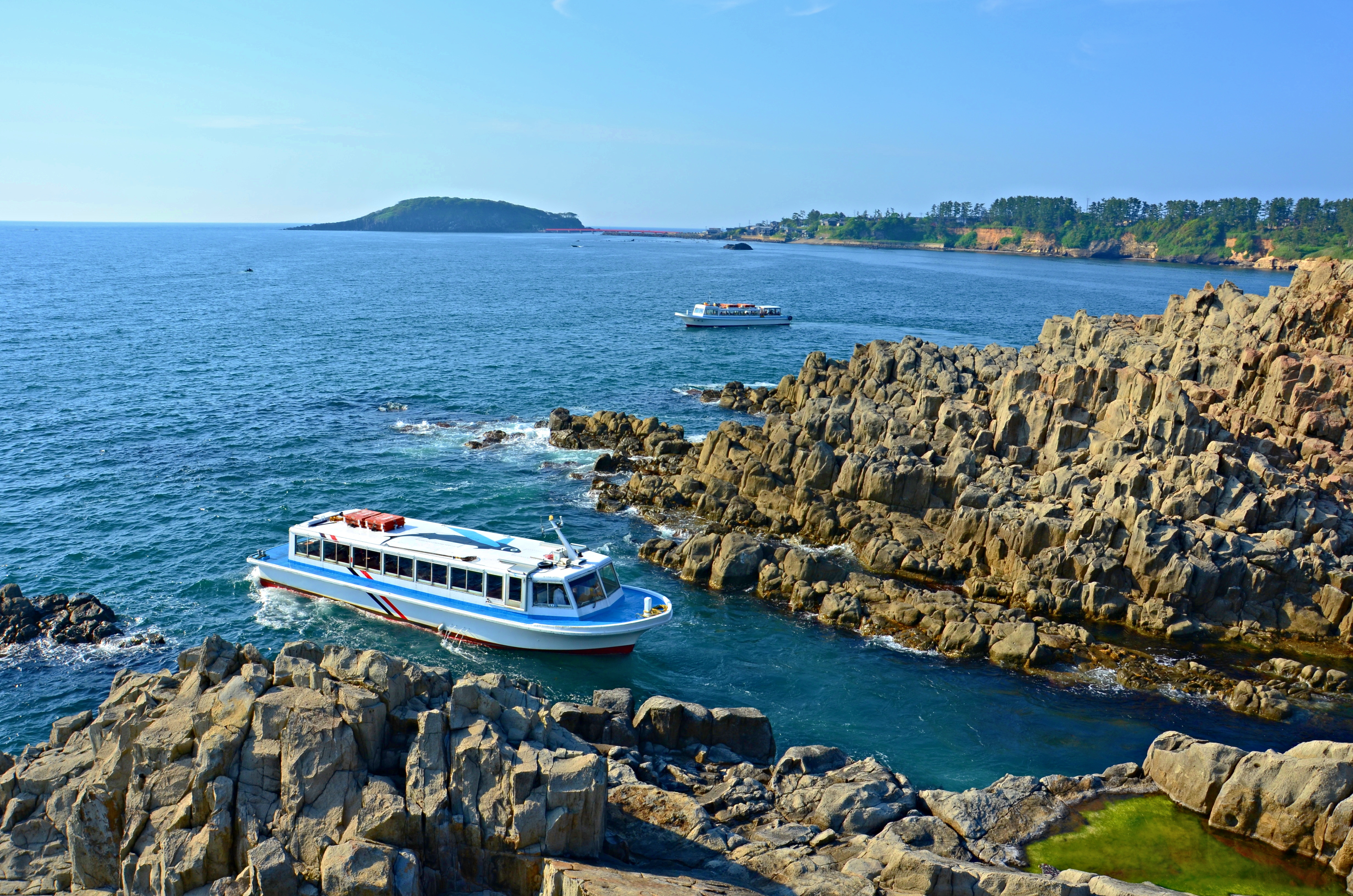
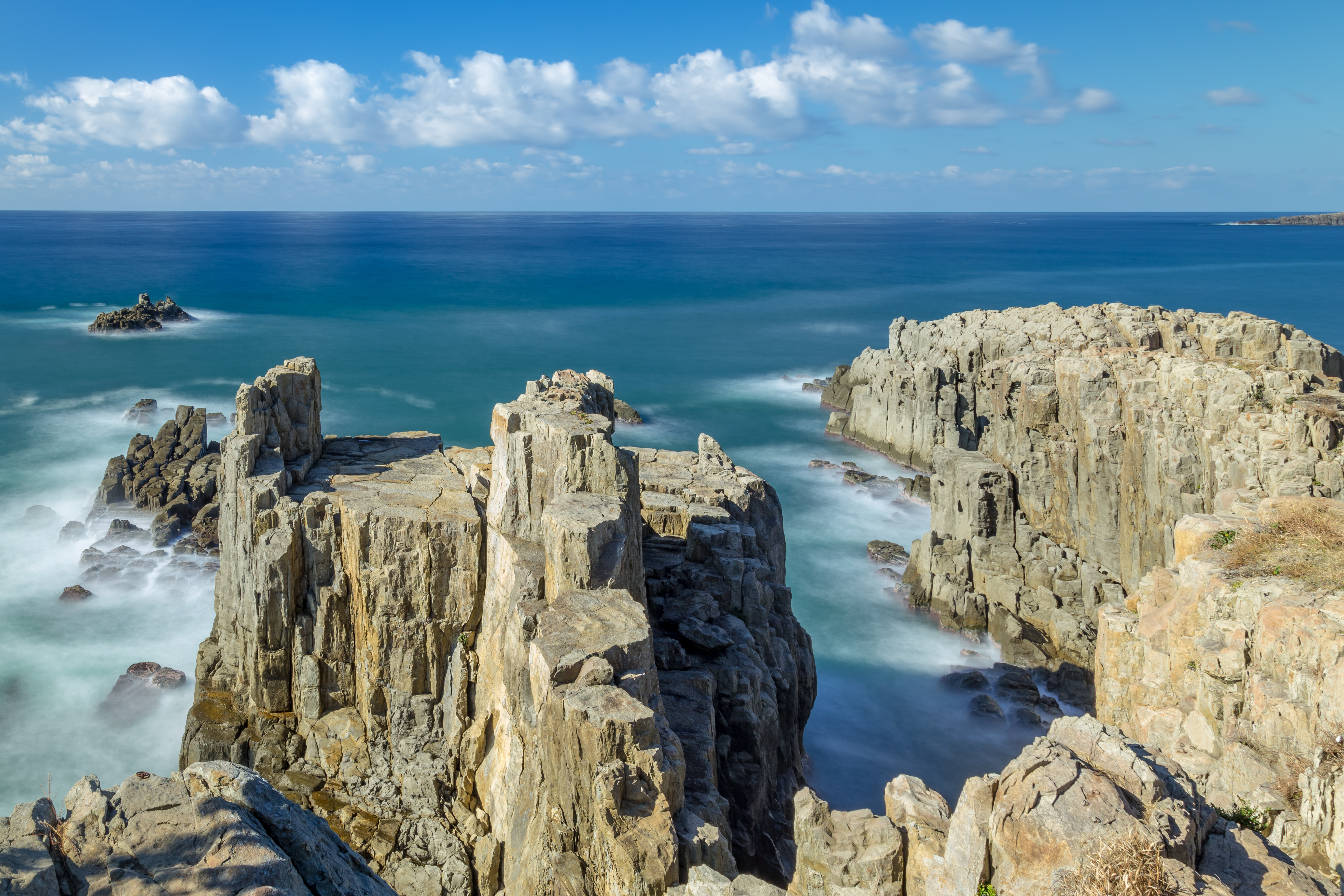
Your guide will meet you after your usual hotel breakfast ahead of a full day of sightseeing around Fukui by private car. The first stop is Tojinbo, a half-mile stretch of rugged basalt cliffs on the Sea of Japan, dramatic chasms and bluffs which soar up to 30m above the crashing waves below. There are only three places on Earth where hexagonal and pentagonal rocky pillars have formed in such a way, and we’ve arranged a cruise boat for the best view of all. Lunch will be provided at Otoku, a fine local seafood restaurant with a magnificent view of the cliffs. You’ll then jump back in the car heading for Eihei-ji, the Temple of Eternal Peace.
Located deep in the mountains, this is the headquarters of the Soto school of Zen Buddhism. It’s a huge temple complex with more than 70 buildings all connected by covered overhead walkways which protect the monks from heavy winter snows. Eihei-ji was founded in 1244 and still hosts a thriving community of practising monks. You’ll find opportunities here for quiet contemplation, and we can even arrange for you to spend a few extra days to experience authentic monastic life. Temple-trained Zen concierges will be available throughout your stay to provide guidance to guests on the Zen experience, and day-trippers are invited to try Zazen meditation at Kichijokaku, the large meditation hall. Uniquely Japanese, Zen practice sees participants sitting for long periods of quiet to explore the meaning of existence and achieve inner peace. It’s a privilege to be able to take part in this space, which is so sacred to the Zen tradition. With your mind cleared, you’ll have the chance to wander the temple grounds and visit the Jakukou-en (which literally means “quiet and peaceful light”), a calming outdoor space where you can ring a sacred bell to rid yourself of stresses and anxieties.
You’ll stay in Hakujukan tonight, one of seven guest dormitories in the temple grounds. It features open-air baths and showers, and will serve classic Buddhist temple cuisine – simple yet tasty vegetarian cooking. After dinner, you will get the chance to copy some sutras – another sacred Zen tradition.
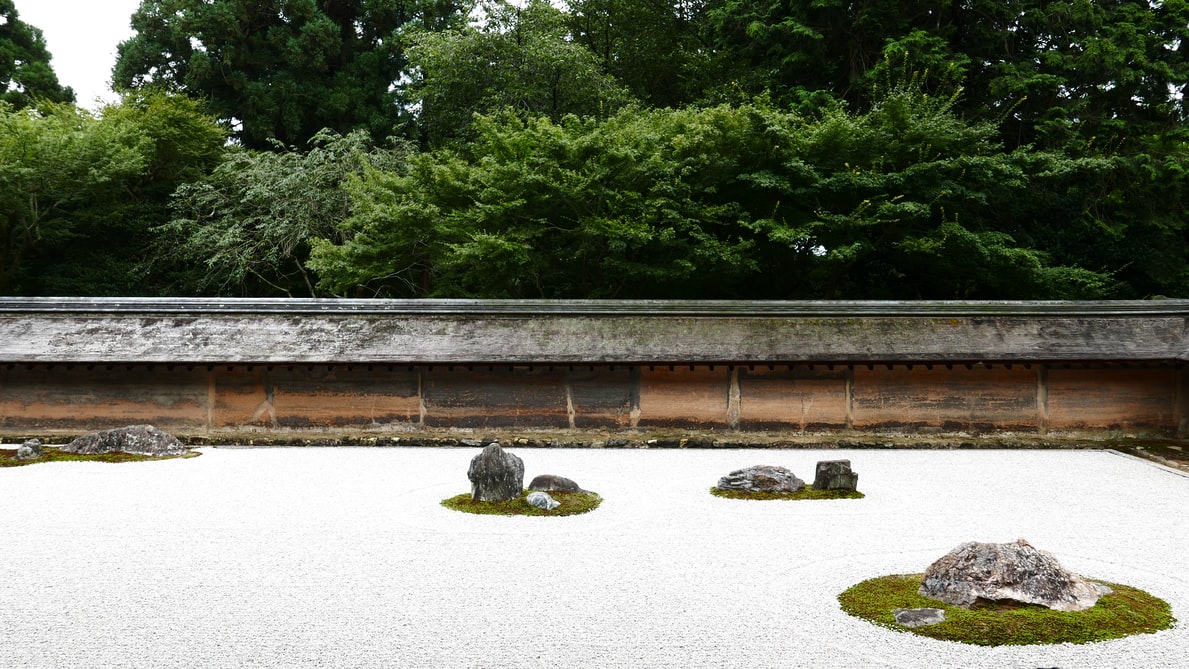
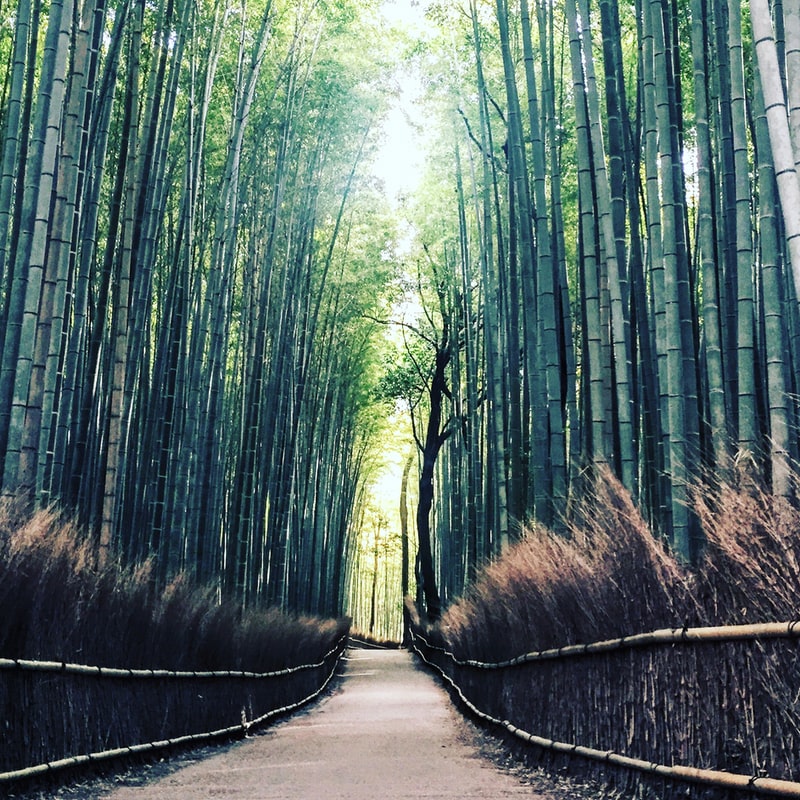
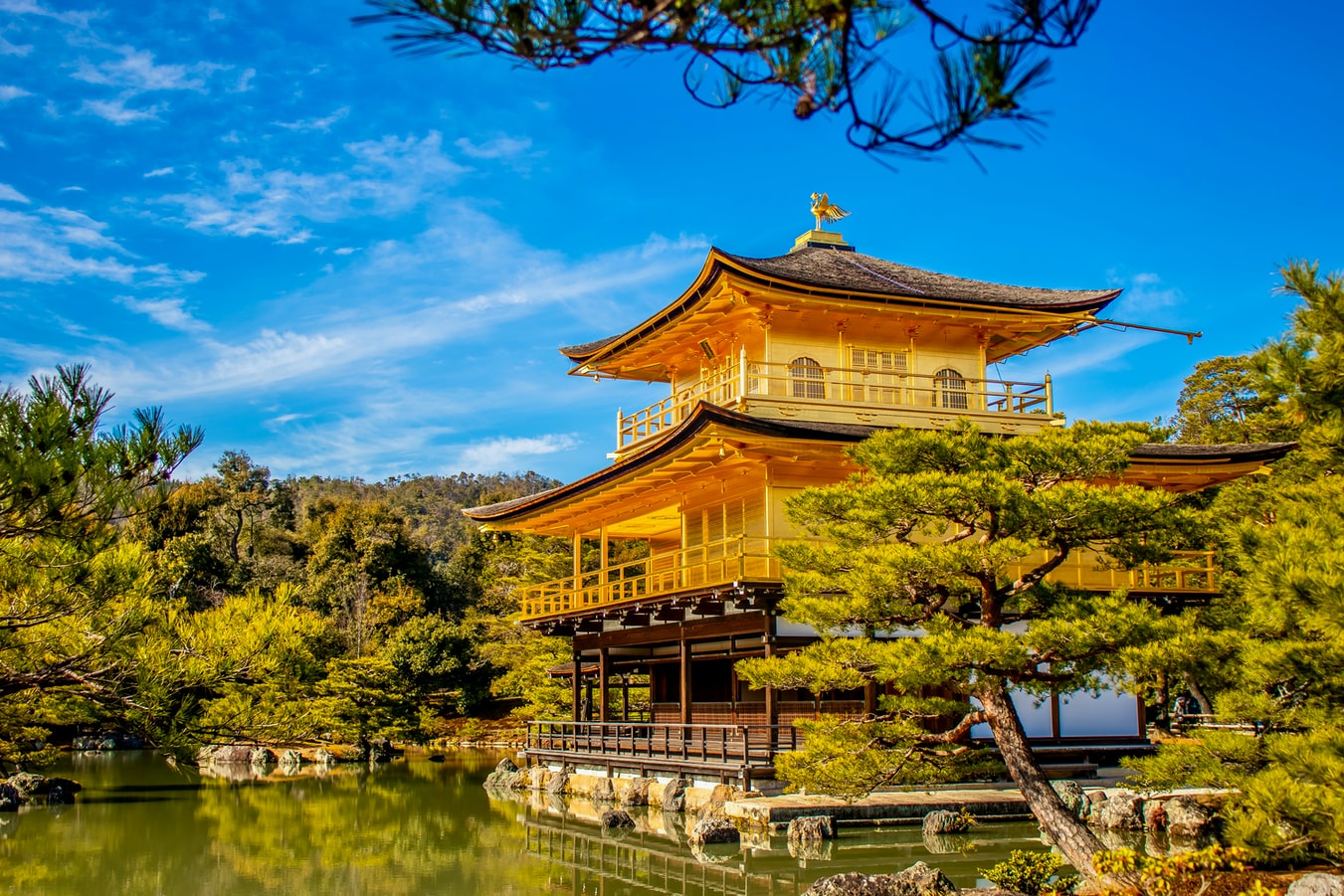
You’ll wake before dawn this morning and attend the morning service. There are more than 100 monks living and practicing at Eihei-ji, and it’s a moving, spiritual experience to witness them recite the sutras in dramatic unison as the sacred scent of incense wafts through the temple complex.
You’ll eat breakfast at the inn before a short tour of a few more of Eihei-ji’s precincts and treasures. You'll then hop back in the car headed for Kyoto, the one-time imperial capital of Japan, where your first stop will be a well-deserved lunch at a local restaurant!
As befits this grand old city, Kyoto is full of beautifully preserved historic architecture. You’ll start your sightseeing tour by private car, visiting Arashiyama, a stunning district on the outskirts of the city which has been welcoming tourists since the Heian Period (794-1185). It’s home to Tenryu-ji Temple, which is noted for its serene landscape garden and pond, and many lush green bamboo groves. Back in Kyoto, you’ll then pay a visit to Kinkaku-ji Temple, which known as the golden pavilion for reasons that will become apparent!
We’ve selected the 3.5-star Hotel New Hankyu Kyoto (or another hotel of similar quality) for your stay this
evening which is a stylish mix of modern and traditional. It has four restaurants, a bar and a rooftop beer garden.
Your guide will then escort you to a fantastic local restaurant for dinner.
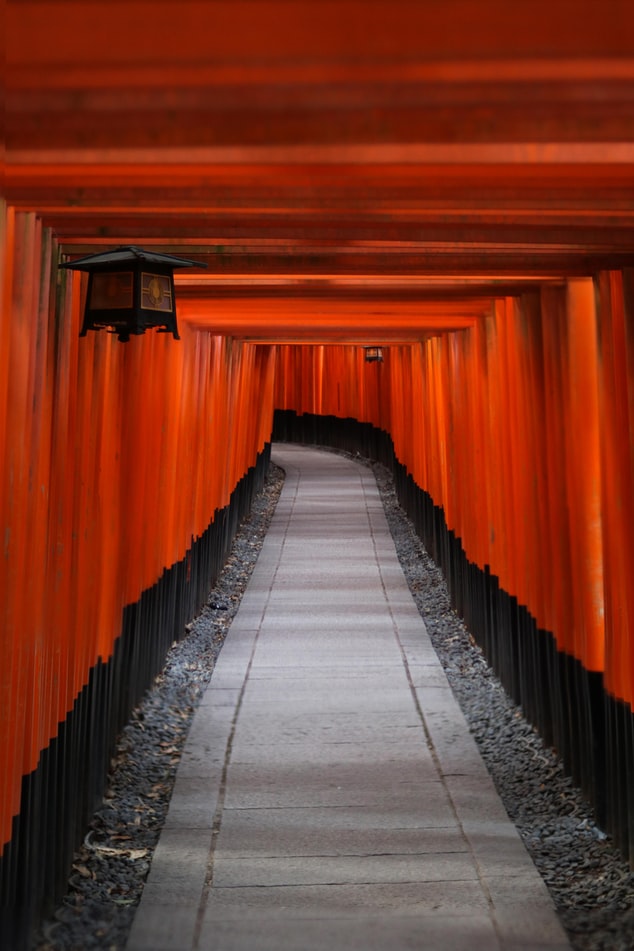
You’ll have a full day to explore Kyoto at your own speed today, after a hotel breakfast as usual. You’ll prepare an overnight bag before you head out, leaving your main suitcases at reception, which will be sent on to your next hotel in Hiroshima.
You’ll be responsible for your own lunch and dinner today, but Kyoto has more than its share of excellent restaurants.
If you’d prefer a more structured day, we can arrange a one-day bus tour of the best local sites, including the world-famous Fushimi Inari Shrine, which has hundreds of bright red torii gates running up the hillside. You’ll also stop off at Nara, an even older capital of Japan (710-794), which has much of the best-preserved historic architecture in the whole country, including Todai-ji Temple, which houses the largest bronze Buddha in Japan, and the Kasuga Grand Shrine, which is one of the holiest sites in Japan's indigenous Shinto religion. Lunch will be included if you opt for this tour.
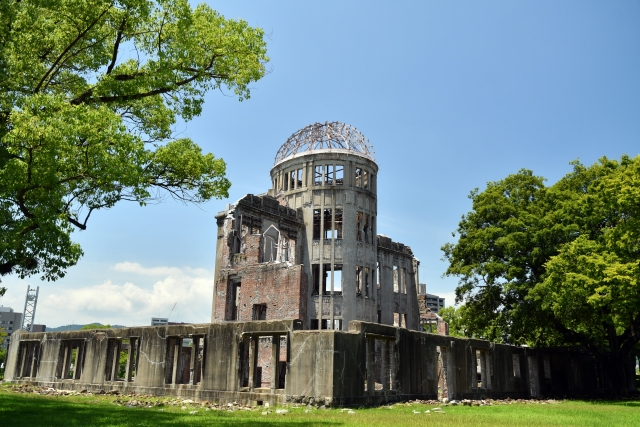
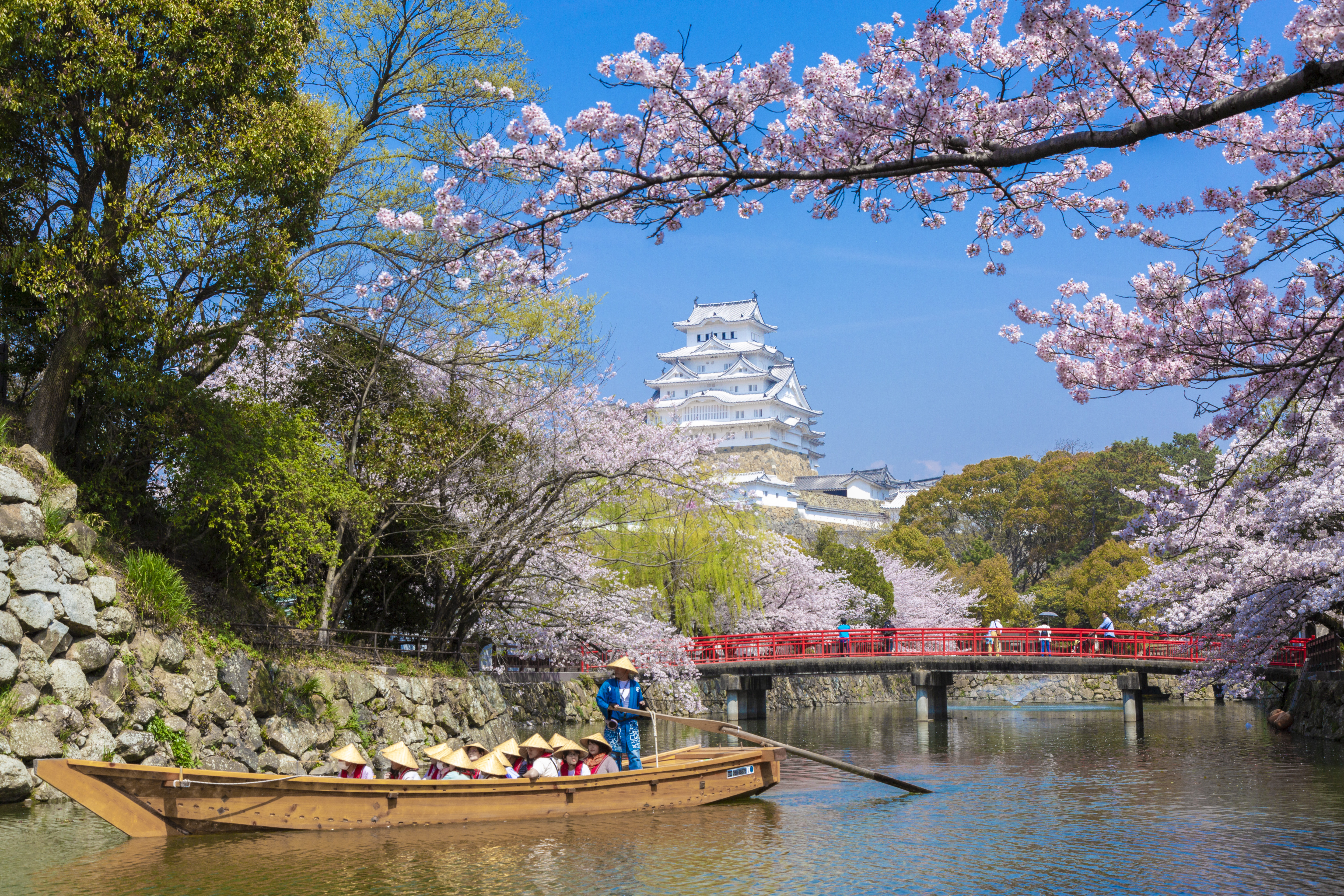
Your guide will meet you after breakfast and walk with you to Kyoto Station, where you’ll board the Bullet Train to Himeji Castle. Your luggage will be sent straight onto Hiroshima, so please bring anything that you need with you.
Known as the White Heron Castle, Himeji is the best of Japan’s surviving medieval castles. It was recently restored, and there’s never been a better time to visit the historic seat of some of Japan’s most powerful clans. You’ll also visit the nearby Koko-en Gardens, which showcase nine classical styles of gardening.
After your tour, you’ll tuck into lunch in a local restaurant before transferring to Hiroshima, again by Bullet Train.
Hiroshima is best seen by private car, and you’ll be visiting many solemn sights including the Peace Memorial Museum and Park, the Origami Crane Tower and the Atomic Bomb Dome – a ruined structure which partially survived the devastating end of World War 2, and which stands now as a monument to international cooperation.
Tonight you check in at the four-star Hotel Granvia Hiroshima (or another one of similar quality). Your guide will take you out on the town for an evening meal at a local restaurant.
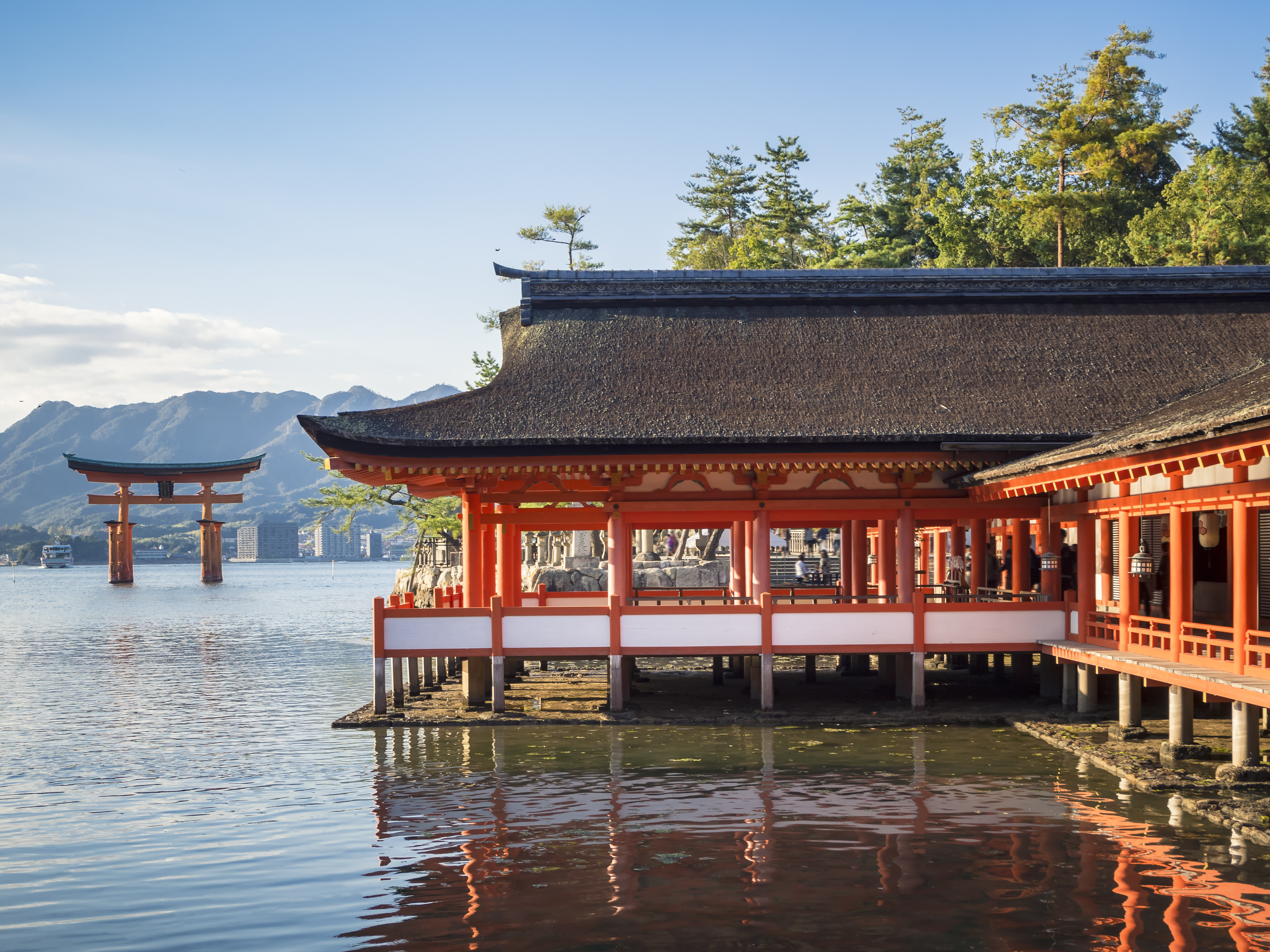
After breakfast your guide will take you to the ferry terminus, where you’ll board a passenger boat to Miyajima, a picturesque island that’s home to the Itsukushima Shrine, another supremely important Shinto site. You may well recognise its famous giant torii gate that stands out in the sea.
Lunch will be at a nearby restaurant, and you’ll then board the Miyajima Ropeway, a 15-minute cable-car journey to the top of the highest peak on the island, Mt Misen. At 500 meters above sea level, there are spectacular views of the Seto Inland Sea – and on clear days you can see Hiroshima far away in the distance.
Your guide will take you out on the town one last time, to enjoy your final meal in Japan (this time, at least!)
Breakfast will either be served at the hotel as usual, or as a takeaway box if you have an early flight. You’ll drive to Hiroshima Airport by private car and catch your flight home. We hope you’ve had a brilliant time.
Dates & Prices
- Board: 10 nights at three- or four-star hotels
- Meals: Nine hotel breakfasts, one packed breakfast, six lunches, eight dinners
- Bullet Train tickets: Three journeys in reserved second-class seats (Tokyo to Nagano, Kyoto to Himeji, Himeji to Hiroshima)
- English-speaking guide: Per itinerary (including tip and allowance)
- Entrance and activity fees: Per itinerary
- Local transport: Bus, ferry, private car, ropeway, cable car, and train all per itinerary
- Luggage delivery
- International flights and domestic flight from Haneda to Kushiro
- Drinks and Certain meals, per itinerary
- Optional animal watching tour at night on day five
- Personal expenses
- Other items not mentioned in the itinerary
- Travel Insurance.
Accommodation
3 to 4 star hotels as mentioned in the itinerary, subject to availability.
Signature Experiences for This Tour
OFF THE BEATEN TRACK IN CHUBU, Expand your horizons with this mindful tour of the majestic Japanese Alps – and visit the ancient home of the Samurai and Zen Buddhism.
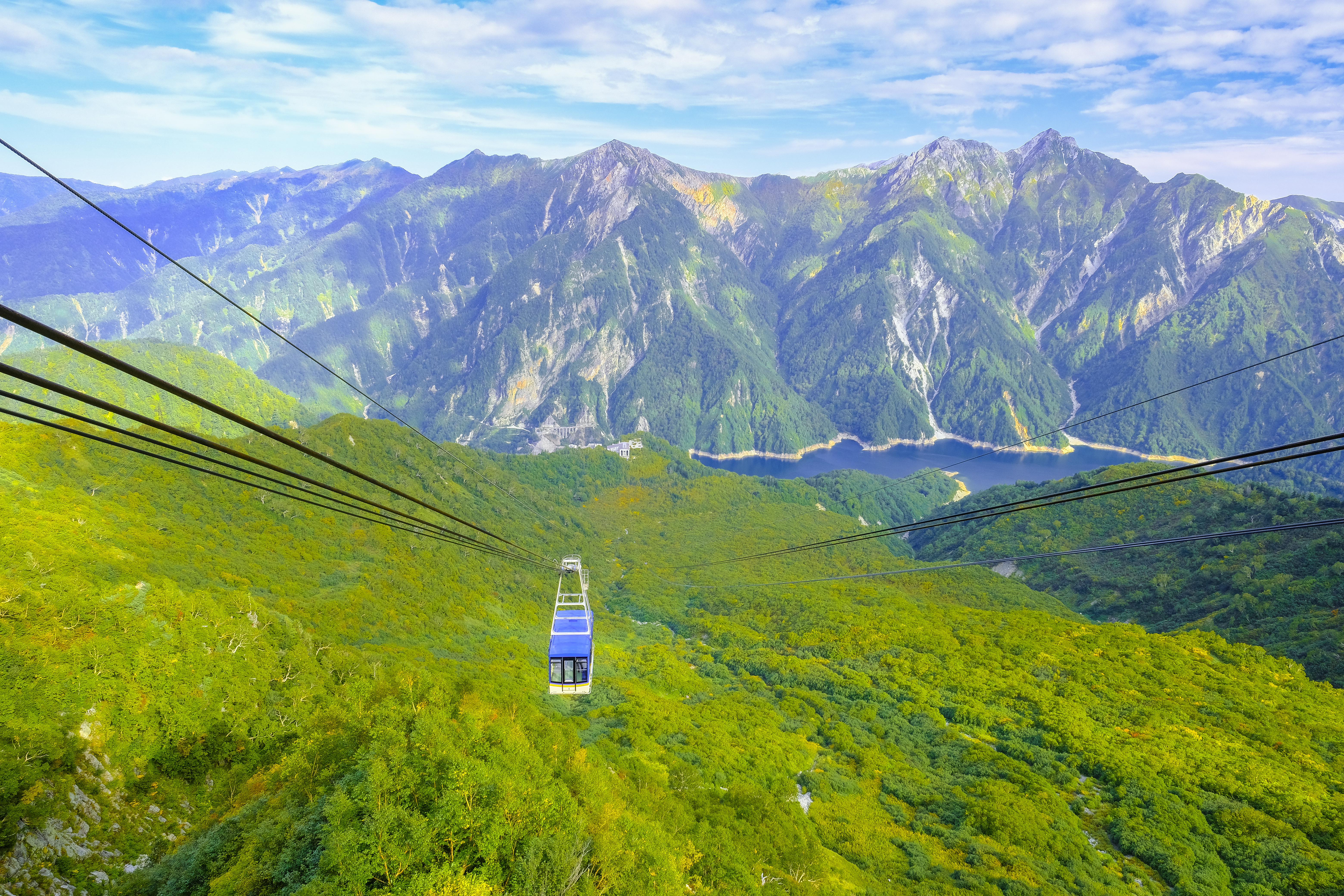
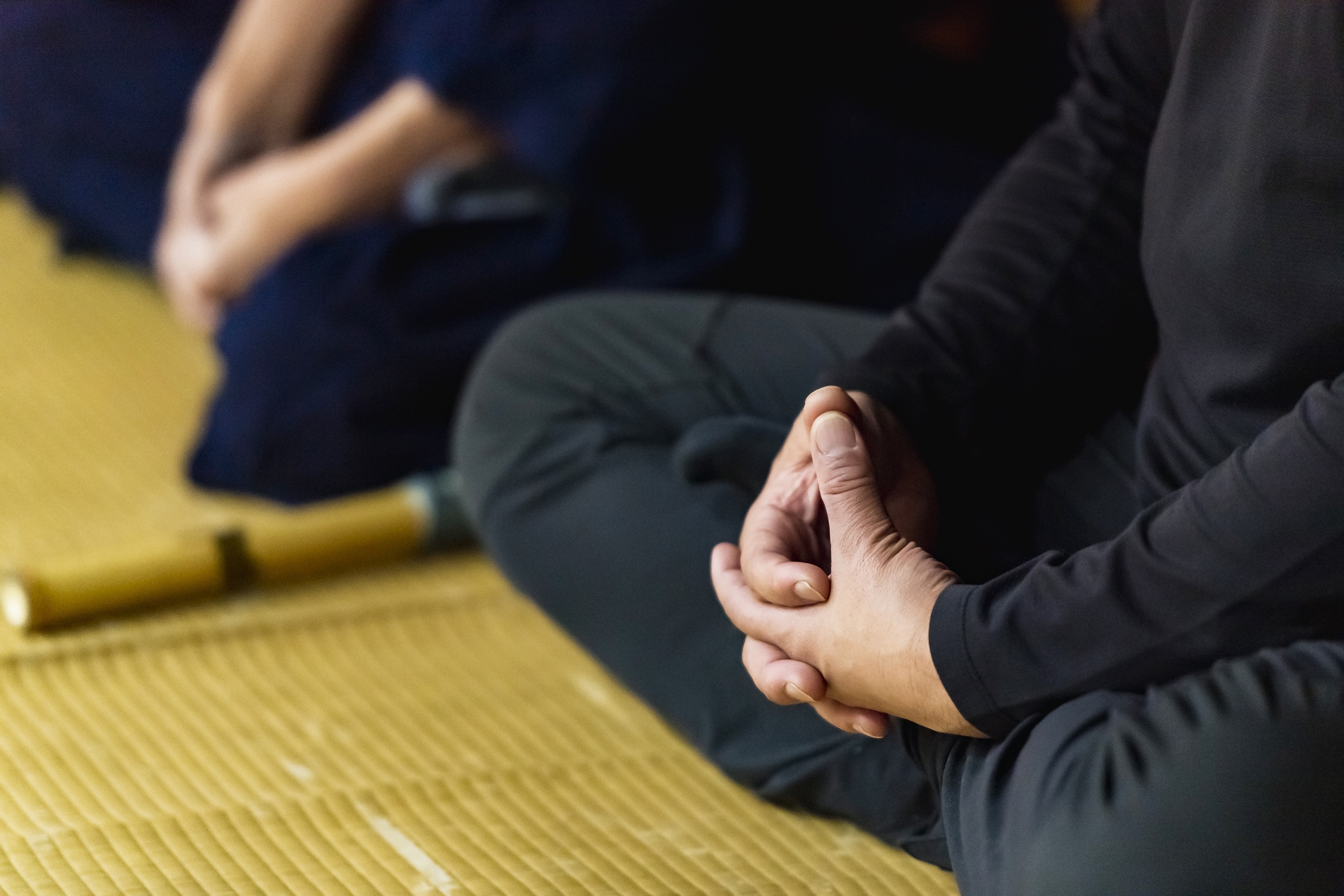
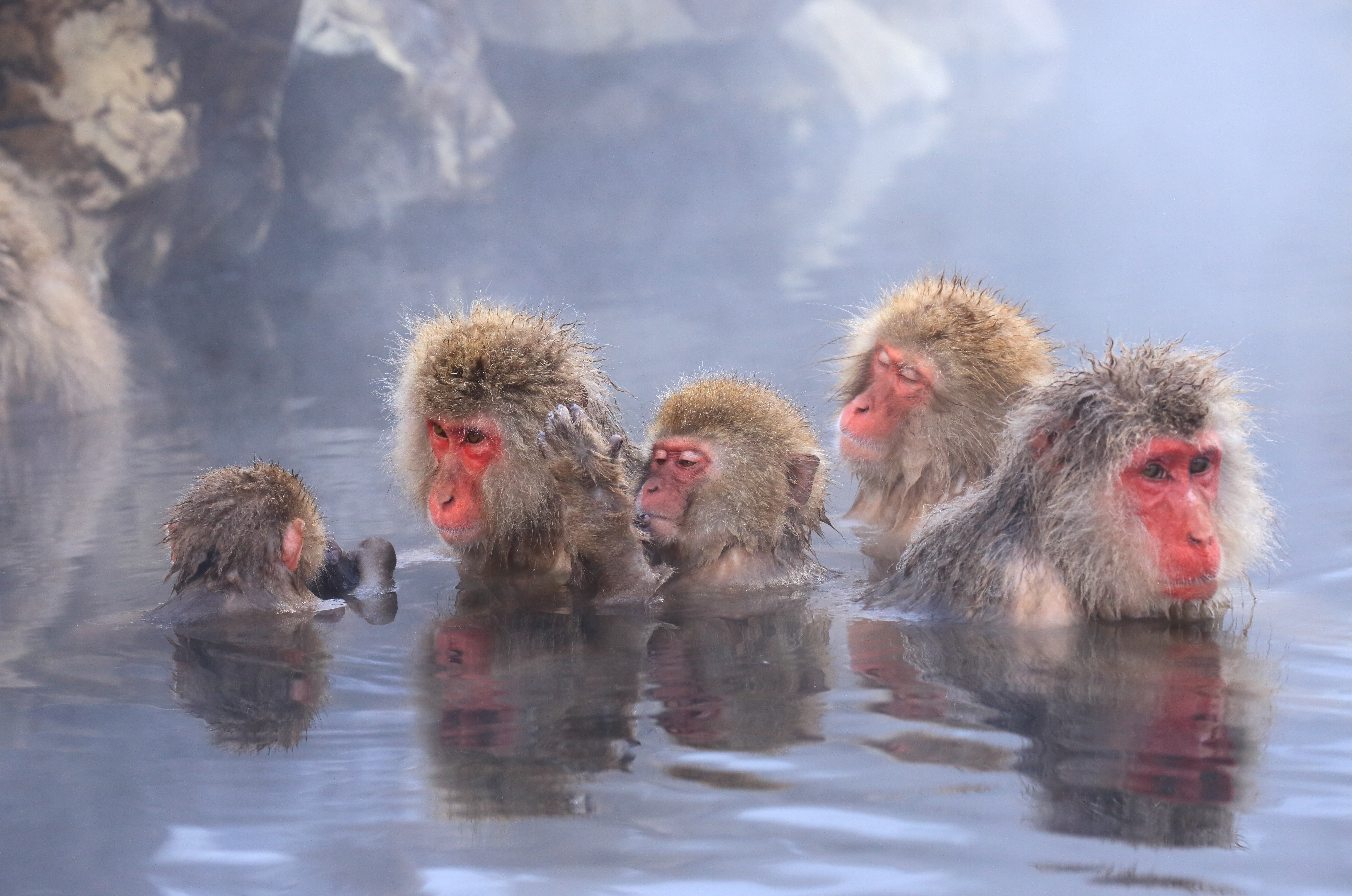
DURATION 12 days / 10 nights
ARRIVAL Fly into either of Tokyo’s airports: Narita or Haneda
DEPARTURE Depart from Hiroshima Airport
PERFECT FOR People who want to experience a deeper and more fulfilling side of Japan
WHEN T O VISIT This trip can be enjoyed all year round, though the snow corridor in Tateyama is only accessible between April and June. The high-altitude legs of the tour are warmest between spring and autumn.
This is a tour for genuine Japanophiles. It begins in Tokyo but quickly takes a path less travelled – and you’ll witness a totally new side of Japan. You’ll get up close and personal with a famous troupe of bathing monkeys, take the breathtaking scenic route through the Hida Mountains (often known as the Japanese Alps), see superb samurai architecture and experience monastic life in the original home of Zen Buddhism.
Check availability instantly and secure your reservation NOW via CHECK and BOOK
We Magical Explorer Ltd reserve our copyright, please contact us to obtain permission for use of any photos or literature from this site.
We thank our friends at the Japan National Tourist Organisation and partners for use of various images on this site.
How to book
Hidden Wonderland of Japan
Grand Japan Tour
Wonders of Japan
Japan Explorer
Classic Japan
Cultural Japan
Magical Japan
Japan Cherry Blossom Tour
Discover Japan's Northern Wilderness
The Roof of Japan
A Japanese Adventure
History and Heritage of Kyushu
Luxury and Gastronomy in Hokkaido and Beyond
Nature’s Fireworks in Hokkaido
Japan Autumn Leaves tour
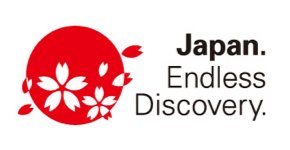

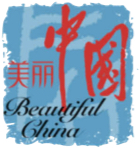
Sign up to our newsletter for special offers and updates

Our Company is based in Cheshire, UK. Our tours are available to all English speaking customers living across the world and we have many customers from USA, Canada and Australia.
We now bring exclusive online cultural and wellbeing experiences to you!
Magical ExplorerSaturday: 10:00am - 4:00pm
Please complete the contact form below and one of our tour specialists will contact you within 24 hours.